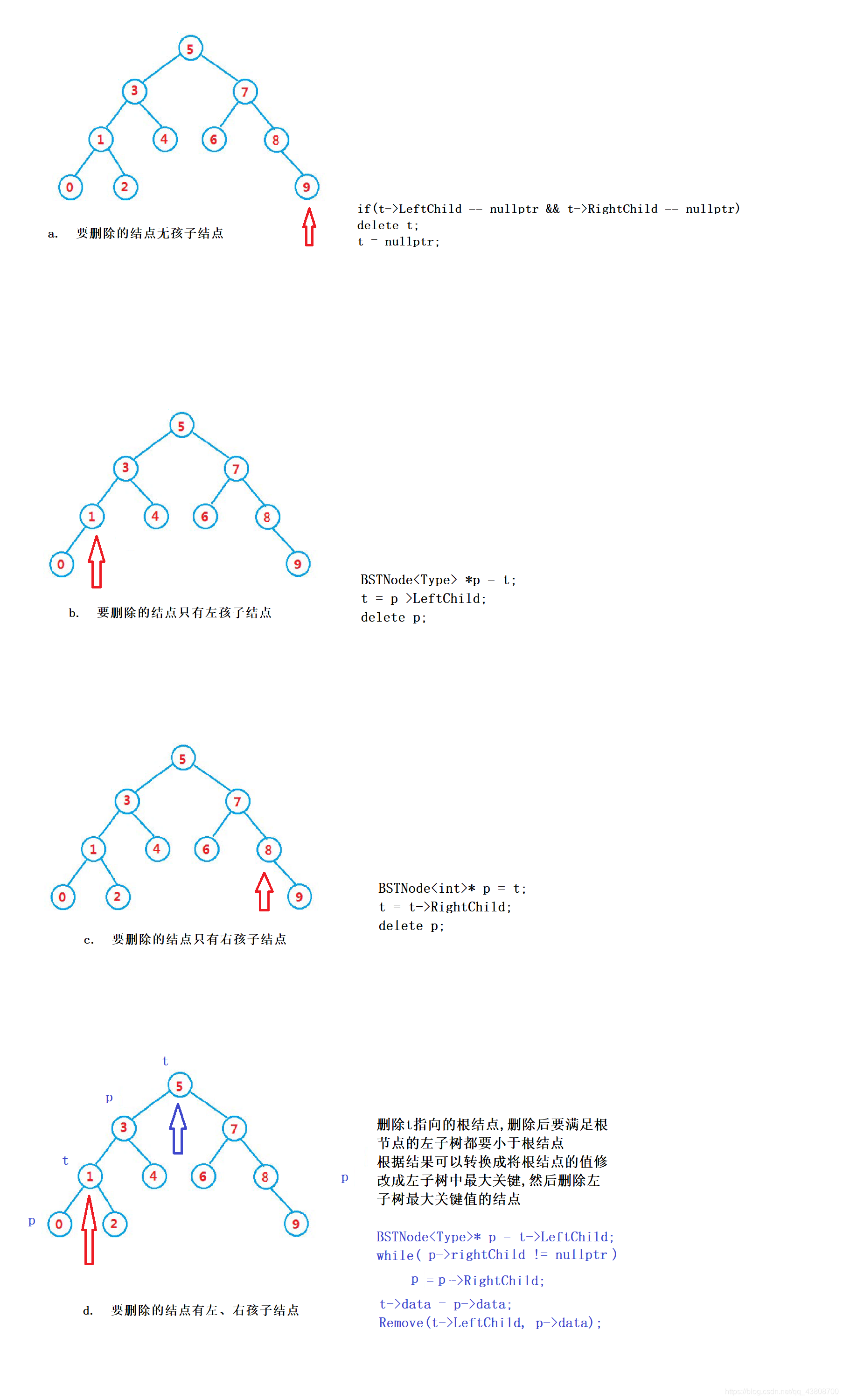- 静态绑定又称为前期绑定(早绑定),在程序编译期间确定了程序的行为,也称为静态多态,比如:函数重载
- 动态绑定又称后期绑定(晚绑定),是在程序运行期间,根据具体拿到的类型确定程序的具体行为,调用具体的函数,也称为动态多态
//
//动态绑定
//抽象类 --> 定义接口
class A
{
public:
//纯虚函数
virtual void Eat() = 0
{
cout<<"A::Eat()"<<endl;
}
virtual void Foot() = 0;
virtual void Sleep() = 0;
};
class Person : public A
{
public:
virtual void Eat()
{
cout<<"Person::Eat()"<<endl;
}
virtual void Foot()
{
cout<<"Person::Foot()"<<endl;
}
virtual void Sleep()
{
cout<<"Person::Sleep()"<<endl;
}
};
class Dog : public A
{
public:
virtual void Eat()
{
cout<<"Dog::Eat()"<<endl;
}
virtual void Foot()
{
cout<<"Dog::Foot()"<<endl;
}
virtual void Sleep()
{
cout<<"Dog::Sleep()"<<endl;
}
};
class Bird : public A
{
public:
virtual void Eat()
{
cout<<"Bird::Eat()"<<endl;
}
virtual void Foot()
{
cout<<"Bird::Foot()"<<endl;
}
virtual void Sleep()
{
cout<<"Bird::Sleep()"<<endl;
}
public:
virtual void Fly()
{
cout<<"Bird::Fly()"<<endl;
}
};
class TN : public Bird
{
public:
virtual void Eat()
{
cout<<"TN::Eat()"<<endl;
}
virtual void Foot()
{
cout<<"TN::Foot()"<<endl;
}
virtual void Sleep()
{
cout<<"TN::Sleep()"<<endl;
}
private:
virtual void Fly();
};
//动态绑定
void Active(A *pa)
{
pa->Eat();
pa->Foot();
pa->Sleep();
}
void main()
{
Person p;
Dog dog;
Active(&dog);
Bird b;
//b.Fly();
}
抽象类不能初始化对象,抽象类的纯虚函数被派生类继承后得全部重写,抽象类有作为接口类的作用,抽象类的纯虚函数也可以实现但是没有必要因为毫无意义
//二叉搜索树
#include <iostream>
#include <assert.h>
using namespace std;
template<typename Type>
class BSTree;
template<typename Type>
class BSTNode
{
friend class BSTree<Type>;
public:
BSTNode(Type d = Type(), BSTNode<Type>* left = nullptr, BSTNode<Type>* right = nullptr)
: data(d), LeftChild(left), RightChild(right)
{
}
private:
Type data;
BSTNode<Type>* LeftChild;
BSTNode<Type>* RightChild;
};
#if 1
template<typename Type>
class BSTree
{
public:
BSTree() : root(nullptr)
{}
BSTree(Type ar[], int n) : root(nullptr)
{
for (int i = 0; i < n; ++i)
{
Insert(ar[i]);
}
}
~BSTree()
{
Clear();
}
public:
bool Insert(const Type &key);
bool Remove(const Type &key);
void Order()const;
BSTNode<Type>* Find(const Type &key);
Type Max()const;
Type Min()const;
void Clear(); //归还在堆上开辟的搜索二叉树
protected:
bool Insert(BSTNode<Type>* &root, const Type& key)
{
if (root == nullptr)
{
root = new BSTNode<Type>(key); //
return true;
}
else if (key < root->data)
return Insert(root->LeftChild, key);
else if (key > root->data)
return Insert(root->RightChild, key);
else
return false;
}
bool Remove(BSTNode<Type>*& root, const Type& key)
{
if (root == nullptr)
return nullptr;
else if(root->LeftChild == nullptr && root->RightChild == nullptr)
{
delete root;
root = nullptr;
}
else if (root->LeftChild != nullptr && root->RightChild == nullptr
|| root->LeftChild == nullptr && root->RightChild != nullptr )
{
BSTNode<Type>* p = root;
root = (root->LeftChild != nullptr) ? root->LeftChild : root->RightChild;
delete p;
}
else
{
BSTNode<Type>* p = root->LeftChild;
//找到右子树中最大关键值的结点
while (p->RightChild != nullptr)
p = p->RightChild;
//将根结点的值替换成右子树最大关键值结点的值
root->data = p->data;
//删除右子树中最大关键值的结点
Remove(root->LeftChild, p->data);
}
}
void Order(BSTNode<Type>* root)const
{
if (root != nullptr)
{
Order(root->LeftChild);
cout << root->data << " ";
Order(root->RightChild);
}
}
BSTNode<Type>* Find(BSTNode<Type>* root, const Type& key)
{
if (root == nullptr)
return nullptr;
else if (key == root->data)
return root;
else if (key < root->data)
return Find(root->LeftChild, key);
else
return Find(root->RightChild, key);
}
Type Max(BSTNode<Type>* root)const
{
assert(root != nullptr);
while (root->RightChild != nullptr)
root = root->RightChild;
return root->data;
}
Type Min(BSTNode<Type>* root)const
{
assert(root != nullptr);
while (root->LeftChild != nullptr)
root = root->LeftChild;
return root->data;
}
void Clear(BSTNode<Type>* root)
{
if (root != nullptr)
{
Clear(root->LeftChild);
Clear(root->RightChild);
delete root;
root = nullptr;
}
}
private:
BSTNode<Type>* root;
};
template<typename Type>
bool BSTree<Type>::Insert(const Type& key)
{
return Insert(root, key);
}
template<typename Type>
bool BSTree<Type>::Remove(const Type& key)
{
return Remove(root, key);
}
template<typename Type>
void BSTree<Type>::Order()const
{
Order(root);
}
template<typename Type>
BSTNode<Type>* BSTree<Type>::Find(const Type& key)
{
return Find(root, key);
}
template<typename Type>
Type BSTree<Type>::Max()const
{
return Max(root);
}
template<typename Type>
Type BSTree<Type>::Min()const
{
return Min(root);
}
template<typename Type>
void BSTree<Type>::Clear()
{
Clear(root);
}
int main()
{
BSTree<int> bst;
int ar[] = { 5,3,4,1,7,8,2,6,0,9 };
int n = sizeof(ar) / sizeof(int);
//插入方法
for (int i = 0; i < n; ++i)
{
bst.Insert(ar[i]);
}
//重载了构造方法之后可以在构造的同时插入
BSTree<int> bst1(ar, n);
//中序遍历
bst.Order();
//查找
BSTNode<int>* res = bst.Find(3);
if (res != nullptr)
printf("找到了3,地址为%p\n", res);
else
printf("没有找到3\n");
cout << "最大值" << bst.Max() << endl;
cout << "最小值" << bst.Min() << endl;
return 0;
}

